Research Interests: Galaxy Formation and Evolution & The Origin of Elements
| |
Progenitors of Type Ia Supernovae (SNe Ia)
- Type Ia supervae are used as the standard "candle" to measure the expansion of the Universe, but the physical orogin is still debated. My preferable progenitor system is a binary of a C+O white dwarf with mass accretion from a companion star (a mainsequence or red giant star).
- In terms of the binary system evolution, the metallicity effect is important on the occurrence of SNe Ia (Kobayashi et al. 1998).
- The observed scatter of the SNIa luminosity explained (Umeda et al. 1999).
- The dust effect on the SNIa cosmology estimated (Totani & Kobayashi 1999).
- The cosmic SN Ia rate will show a decrease from z~1.5 (Kobayashi et al. 1998, 2000).
- The observed bimodality in the delay-time distribution has been predicted (Kobayashi & Nomoto 2009).
- Fainter, sub-classes of SNeIa models proposed as well (Kobayashi, Hachisu, Nomoto 2015).
- The nucleosynthesis yields are updated, and from Manganese (Mn) abundances the projectors are constrained (Kobayashi, Leung, Nomoto 2020a; Figure right).
- I started this for the Master project (1999) as the iron evolution is one of the most important uncertainties in galaxy evolution, and am still working on it.
|
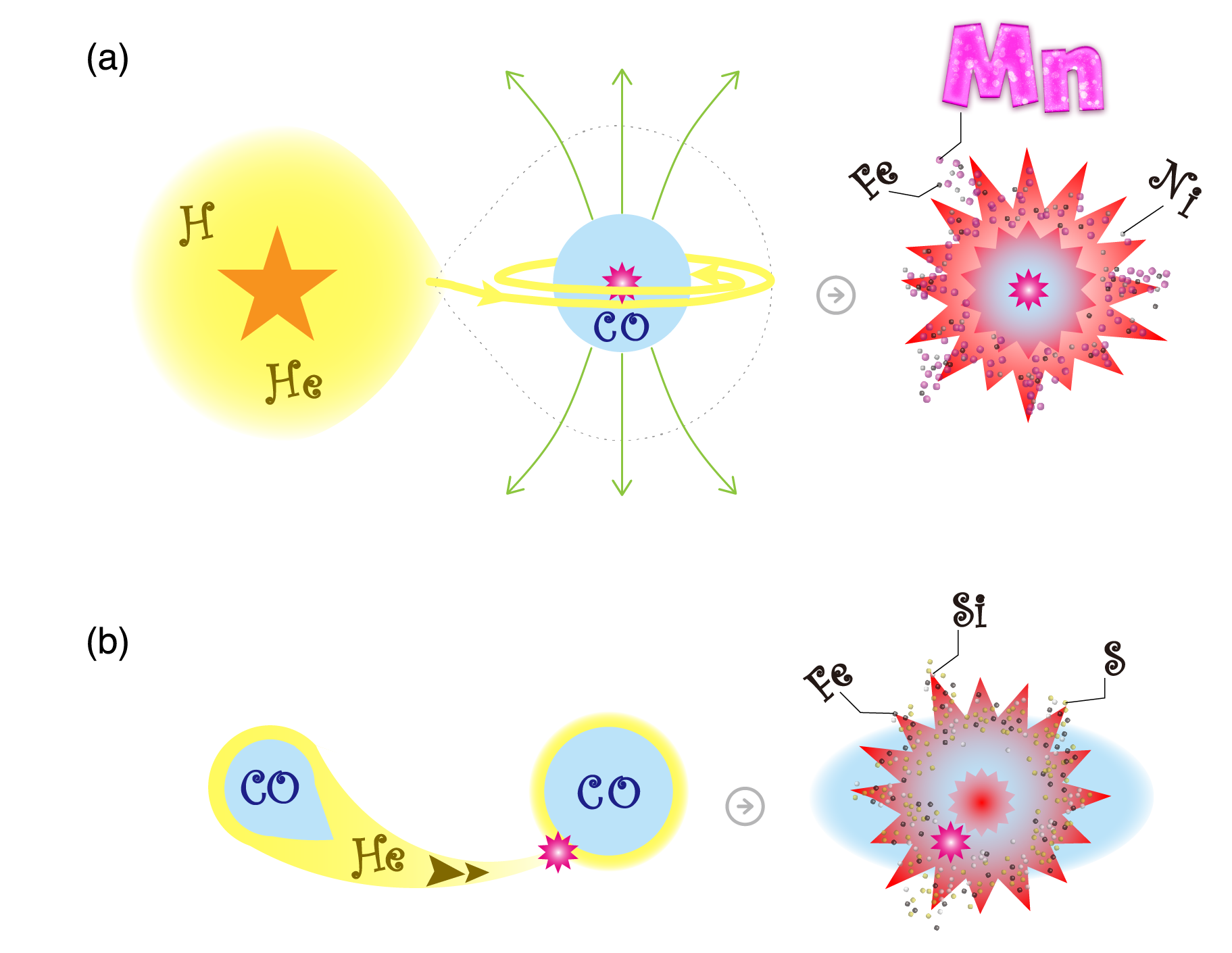
|
Galactic and Cosmic Chemical Evolution, and the Galactic Archaeology
- Chemical abundances are fossils to tell us the star formation history of galaxies and the Universe;
stars shine by producing "metals" (the elements heavier than helium) due to nuclear reactions and eject the produced elements via supernovae when they die.
Different elements are produced from different types of supernovae (SN Ia, II, and HN) on different timescales.
Therefore, the metallicity and elemental abundance ratios evolve in a galaxy (Figure right).
Thanks to multi-object spectrographs, it is now possible to measure detailed elemental abundance patterns of million of stars in nearby Universe.
- I can compute the life of a galaxy with the one zone-model in 2 minutes:) (Kobayashi, Tsujimoto, Nomoto 2000).
- I can compute more detailed life with a hydrodynamical simulation, which takes 2 weeks for a galaxy, 2 months for the Universe... (Kobayashi, Springel, White 2007).
- Supernova nucleosynthesis yields updated, and hypernovae are important for zinc (Zn) abundances (Kobayashi, Umeda, Tominaga, et al. 2006).
- Asymptotic giant branch (AGB) stars included, and the evolution of isotopic ratios predicted (Kobayashi, Karakas, Umeda 2011).
- Neutron-capture processes included, and the evolution of the periodic table presented (Kobayashi, Karakas, Lugaro 2020b; Figure right).
- I did this series of works in order to to study galaxy formation, and now (2020) I am comfortable to use them.
|
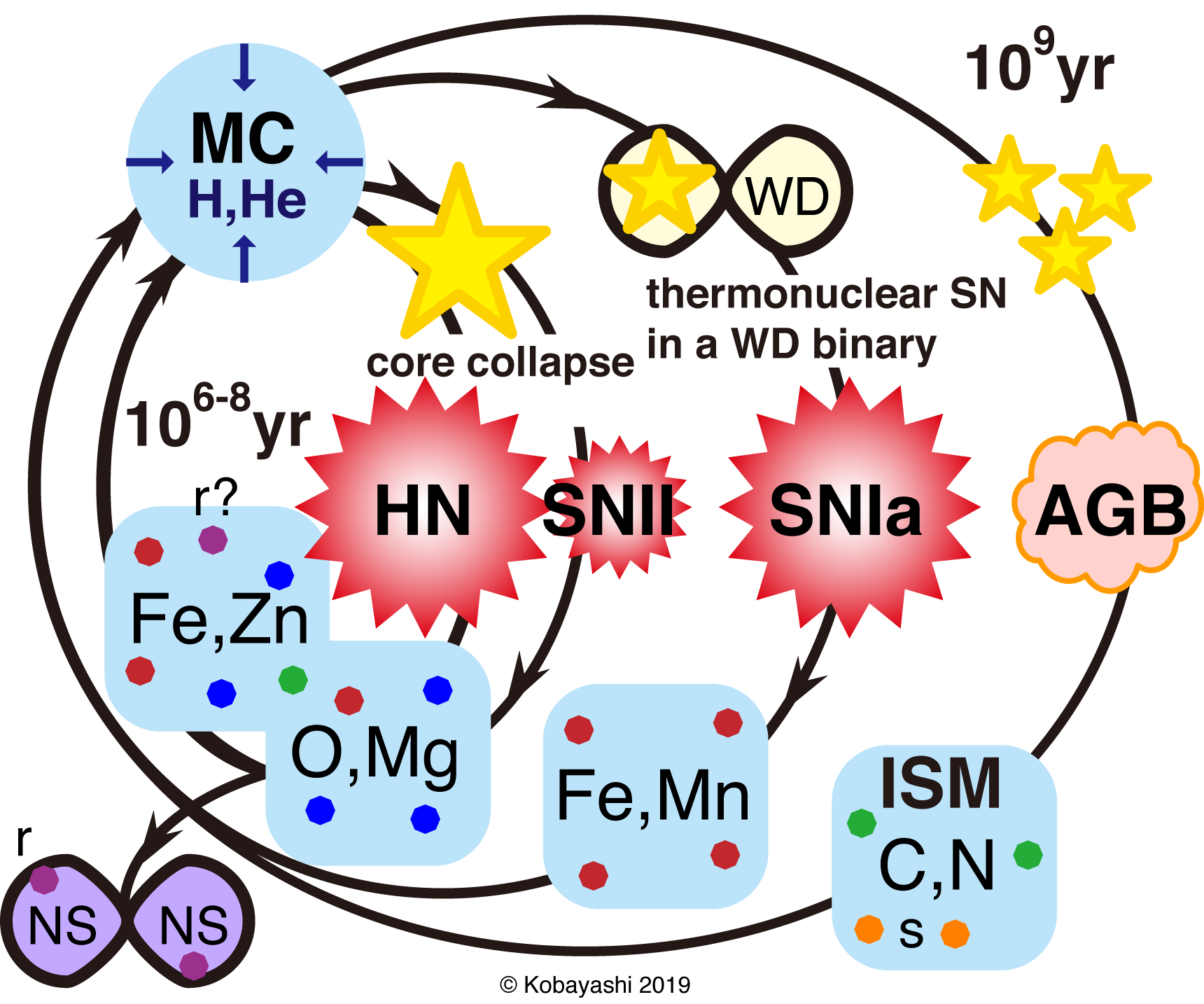
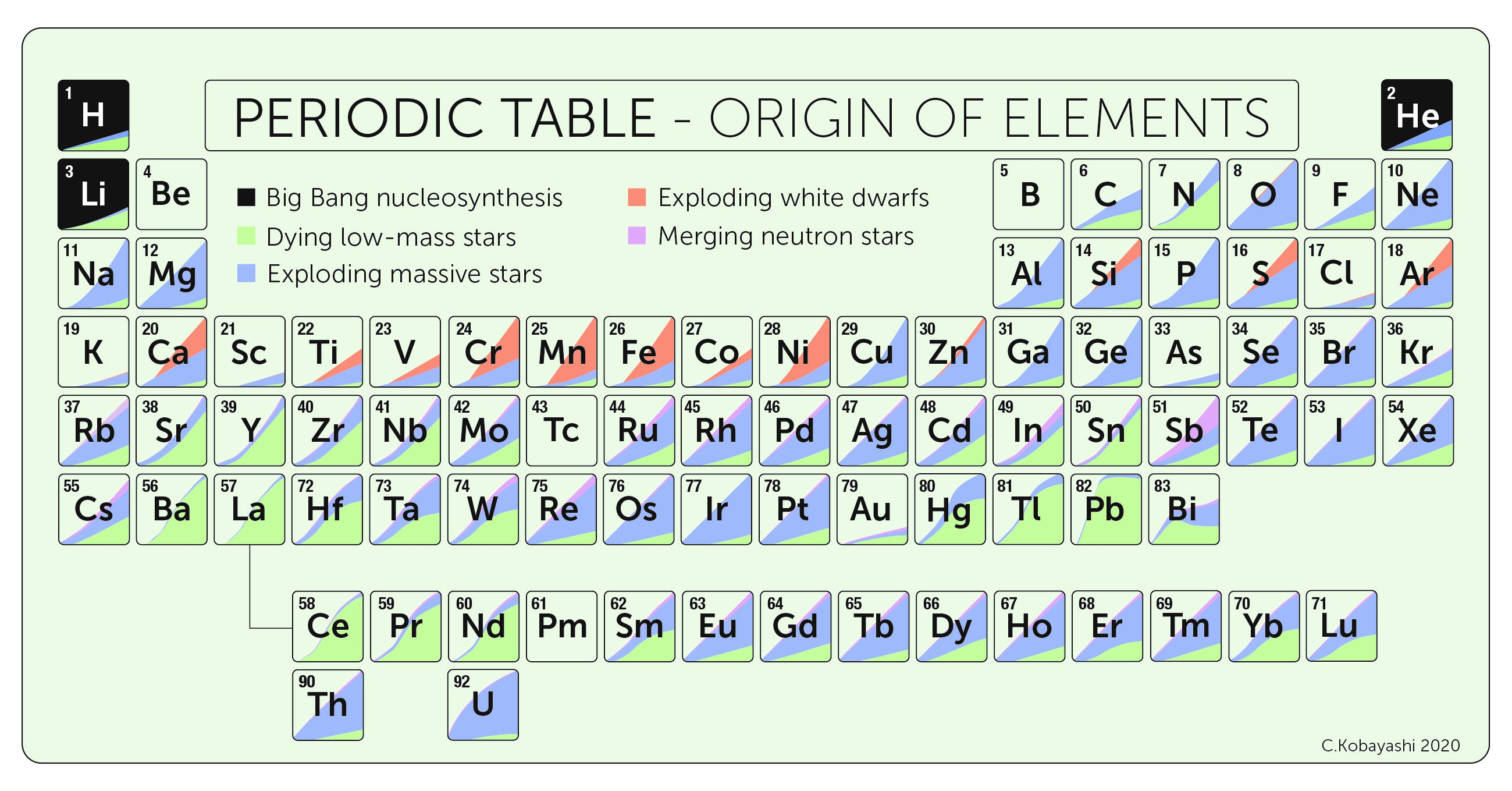 Journal version Press release version
Journal version Press release version
|
Spatial Distribution of Heavy Elements in galaxies and the Universe
- Galaxies are made of stars. The formation histories of galaxies are imprinted in their internal structure, namely, the spatial distributions of chemical elements within the galaxies. It is now possible to observed them with Integral Field Spectrographs.
- Metallicity radial gradients of nearby elliptical galaxies observed (Kobayashi & Arimoto 1999).
- Color gradients of distant (z<1) elliptical galaxies observed (Tamura, Kobayashi, et al. 2000).
- What is the driving mechanism of galaxy morphology? How did spiral and elliptical galaxies form? What are dwarf galaxies?
- What are the environmental effects?
- Metallicity gradient was given for my undergraduate project (1997), and I am still working on it.
|
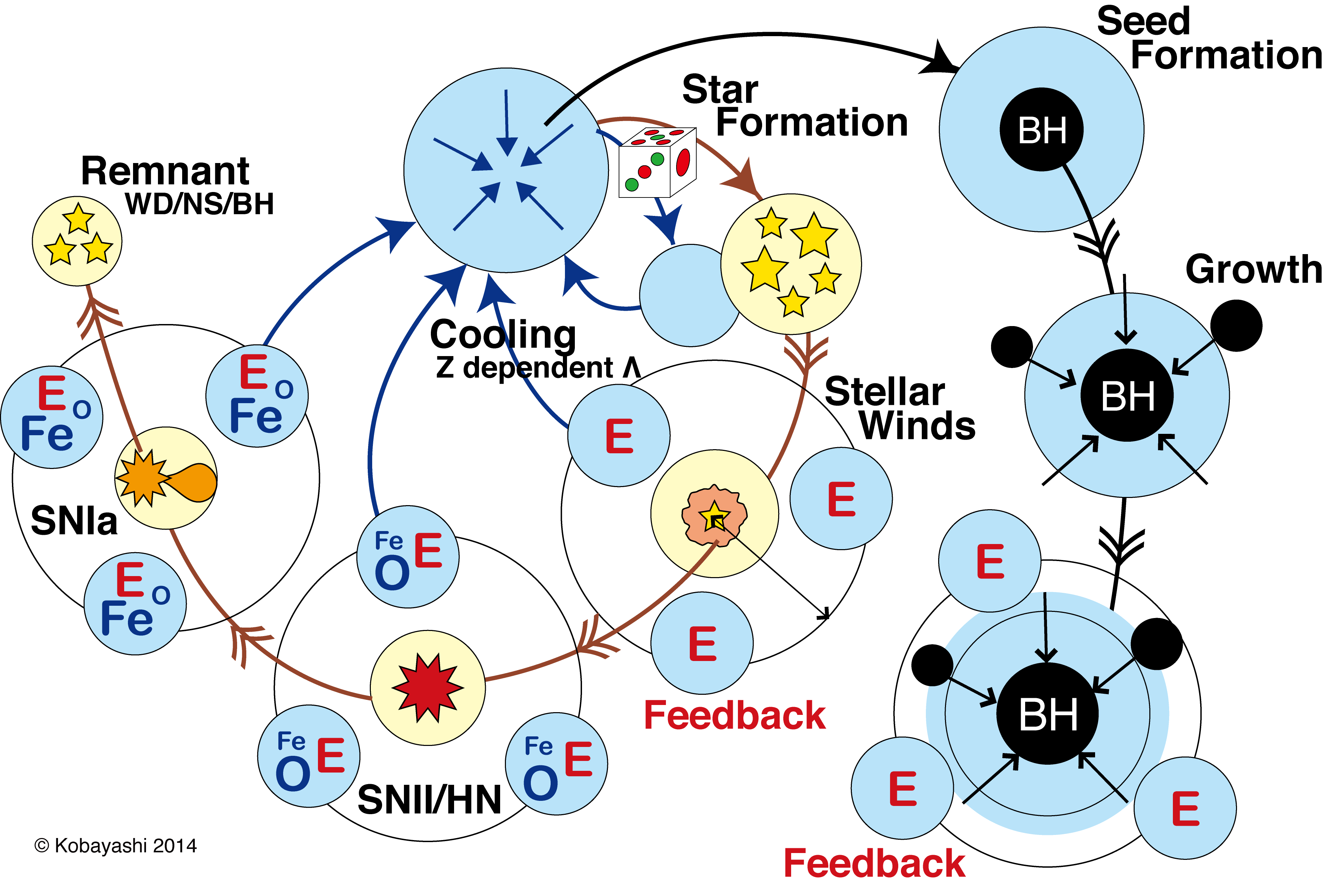
|
Chemodynamical Simulation
- Following the dynamics of dark matter and gas fluid, star formation, and chemical enrichment, it is possible to simulate the formation and evolution of galaxies on a computer!
- Using my GRAPE-SPH code, more than 120 elliptical galaxies are simulated from the cold dark matter (CDM) initial fluctuations (Movie). GRAPE is a Japan-made special computer to calculate gravity, and was the fastest at that time.
- By reproducing the observed variety of metallicity gradients, I concluded that not all ellipticals formed by major mergers, but some of them formed "monolithically" (Kobayashi 2004).
- At the same time, the observed scaling relations and fundamental plane are also reproduced (Kobayashi 2005).
- The best Milky Way-type galaxy simulated from 150 different initial conditions (Movie), and the distributions of the elemens from O to Zn in bulge/disk/halo are reproduced (Kobayashi & Nakasato 2011).
- Using my Gadget-based code, galactic winds from a small disk galaxy are simulated, with feedback from hypernovae (Movie).
- Simulating a cosmological volume (Movie), cosmic SFRs, chemical evolution, mass-dependent galactic winds, and the mass-metallicity relations of galaxies are reproduced (Kobayashi, Springel, White 2007).
- Including the feedback from active galactic nuclei (AGN), observational data are reproduced better (Taylor & Kobayashi 2014,15ab,16,17; Movie).
- With a higher-resolution zoom-in simulation, a barred spiral galaxy at z=2 formed (Vincenzo, Kobayashi, Yuan 2019).
- CNO abundance evolution is predicted for future extra-galactic archaeology (Vincenzo & Kobayashi 2018ab).
- From europium (Eu) abundances in the Milky Way, the rapid neutron-capture process in magneto-rotational supernova is strongly favoured (Haynes & Kobayashi 2019).
- The evolution of all stable elements in the Milky Way predicted (Kobayashi 2021, in prep.; Movie).
- When I started this in 2000, not many people are working on, but nowadays there are a few big groups competing... but I prefer to be independent and develop an unique code as I like.
|
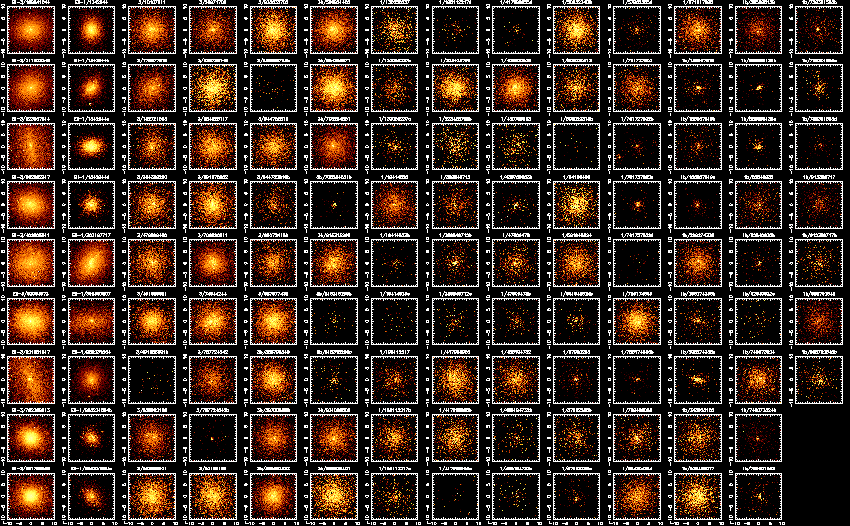
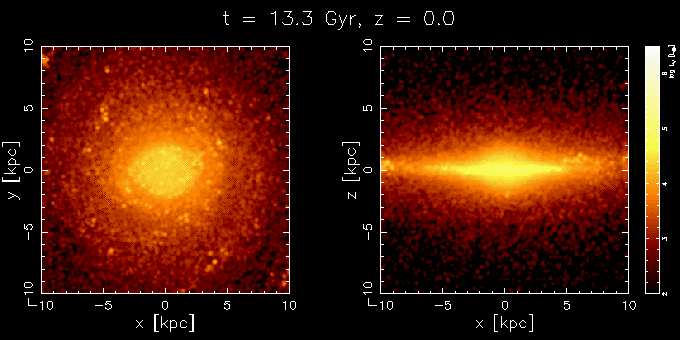

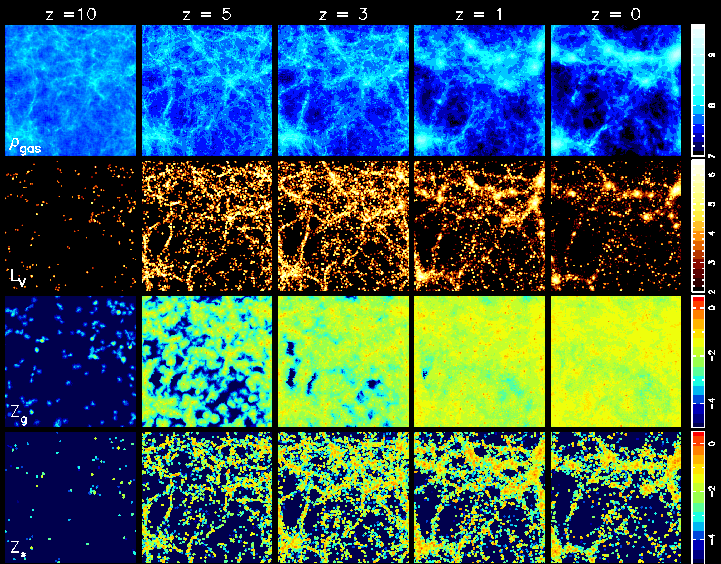
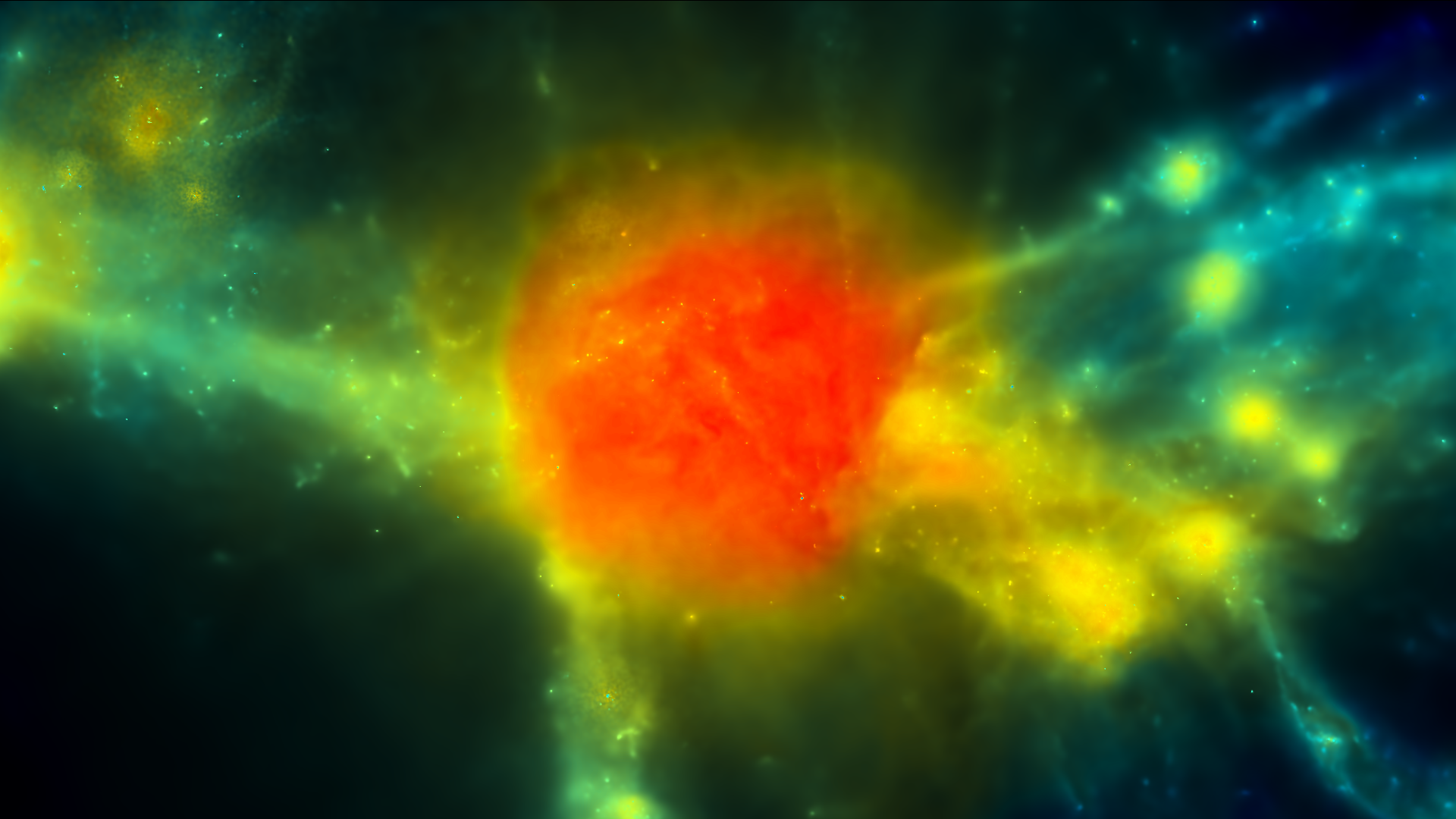
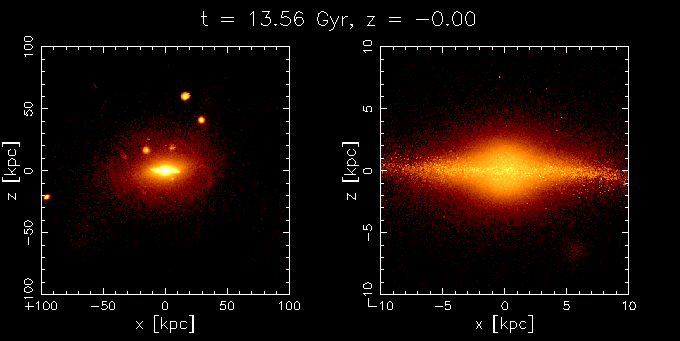
|
The First Stars and Black Holes
- The first enrichment constrained from a quasar absorption line system at z=2.34 (Kobayashi, Tominaga, Nomoto 2011).
- It also constrained from an extremely-metal-poor star ([Fe/H]=-3.94) in the Galactic bulge (Howes et al. 2015, Nature).
- An evidence of low-mass supernovae from the First stars presented (Kobayashi, Ishigaki, Tominaga, Nomoto 2014).
- The initial mass function of the First stars reconstructed using the elemental abundance patterns of more than 200 extremely metal-poor stars (Ishigaki, Tominaga, Kobayashi, Nomoto 2014, 2018).
- The formation of super-massive black holes and co-evolution with galaxies simulated (Taylor & Kobayashi 2014,15ab,16,17).
- The rates of black hole merger rates and gravitational waves predicted (du Buisson et al. 2020).
- I got inrerested in this long time ago, and have been working toward this direction I think.
|









